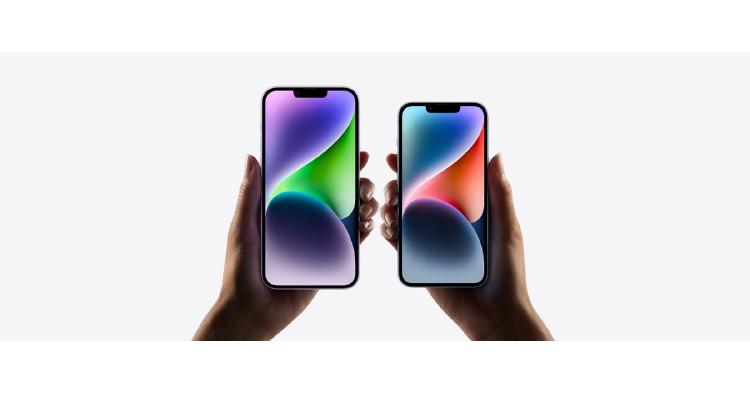Government free iPhone Program
The federal government's Affordable Connectivity program (ACP) hash ended but some lifeline programs like Airtalk, metro by t-mobile still offer free iphones and other phone services at no cost.

- john shim
- 3 min read

The federal government’s Affordable Connectivity program (ACP) hash ended but some lifeline programs like Airtalk, metro by t-mobile still offer free iphones and other phone services at no cost.
The Lifeline program was established in 1985 by the Federal Communications Commission and was created to help eligible low-income consumers in every state, territory, commonwealth, and on Tribal lands have access to telecommunication services.
The program is administered by the Universal Service Administrative Company (USAC), operated by Federal Communications Commission (FCC) & is funded by the U.S. Government.
Since its establishment, the Lifeline program has provided a discount on phone services to millions of qualifying low-income consumers, giving Americans the opportunity and security to stay connected to work, family, friends, healthcare, job opportunities, & 911 emergency services.
Lifeline Eligible Programs
A Consumer can qualify for the Lifeline benefit if their income is 135% or less than the federal poverty guidelines, has no income, or if they participate in:
- SNAP /Food Stamps
- Medicaid
- Supplemental Security Income (SSI)
- Federal Public Housing Assistance (FPHA)
- Veterans & Survivors Pension Benefit
- Bureau of Indian Affairs General Assistance
- Tribally-Administered Temporary Assistance to Needy Families (TANF)
- Tribal Head Start
- Food Distribution Program on Indian Reservations (FDPIR)
Lifeline Rules:
- You must use your FREE Lifeline service at least once every 30 days or it will be terminated.
- The Lifeline benefit is non-transferable to another person.
- Only eligible consumers may enroll in the Lifeline program.
- Only low-income consumers with proof of eligibility are qualified to enroll.
- Only one Lifeline benefit is permitted per household.
What Is Needed To Apply?
To start applying for Lifeline, here’s what you’ll need. To ensure a smooth enrollment process, please provide one item from each section below
Proof of Identification
- U.S. Driver License
- Certificate of U.S. Citizenship
- Certificate of Naturalization or Citizenship
- U.S. Passport/U.S. Territory Passport
- Foreign Passport
- U.S. government, military, state or Tribal issued-ID, which includes date of birth and/or Social Security Number and/or Tribal ID
- U.S. Military ID cards (active or reserve duty, dependent of a military member, retired member, discharged from service, medical/religious personnel)
- Common Access Card (only if designated as Active Military or Active Reserve or Active Selected Reserve)
- Military Discharge documentation, which includes date of birth and/or Social Security Number and/or Tribal ID
- Northern Mariana Card
- Permanent Resident Card
- Permanent Resident Alien Card
- Permanent Resident Re-Entry Permit
- Temporary Resident Identification Card
- Employment Authorization Card
- Mexican Consular Card (Matricula Consular - 2006, 2014, 2015 and later versions) All forms of ID must be valid and used before expiration date.
Proof of Address
- Driver’s License, Government, State, or Tribal Issued ID (unexpired)
- Current Income Statement, Paycheck Stub, or W2
- Statement of Benefits from a Qualifying Program Which Contains Name And Address
- Current Mortgage or Lease Statement
- Utility Bill
Eligibility Documents
- Current or prior year’s statement of benefits from a qualifying state, federal, or Tribal Program.
- Notice letter of participation in a qualifying state, federal, or Tribal Program.
- Program participation documents.
- Another official document evidencing the consumer’s participation in a qualifying state, federal, or Tribal Program.
- Unemployment Documentation (notice of unemployment benefit payment or notice of successfully submitted application for unemployment benefits)
- Copy of last year’s State or Federal income tax return.
- 3 consecutive months’ worth of your most current pay stubs.
- Social Security benefits statement.
- Veterans Administration benefits statement.
- Retirement/Pension benefits statement.
- Divorce decree or child support document.
- Unemployment/Workers’ Compensation benefits statement.